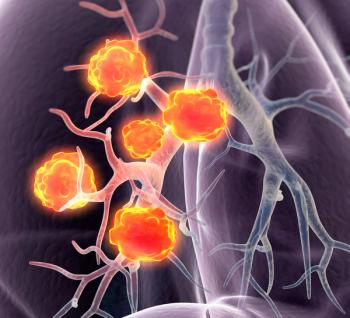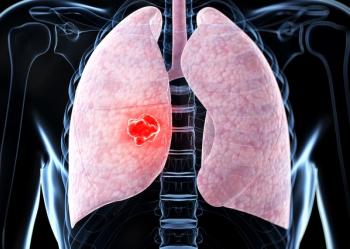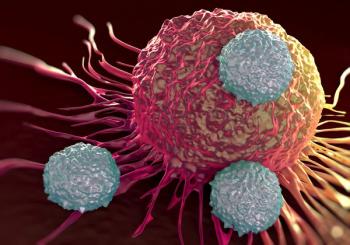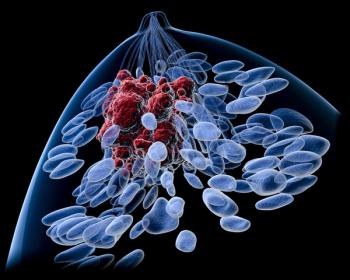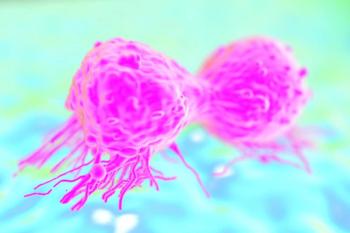
Bill Seeks to Require Reporting of Extravasated Tissue in Radiology
Extravasation results in exposing healthy tissue to radiation, which can be highly dosed depending on the isotope used for treatment.
In an interview with CancerNetwork®, Jackson W. Kiser, MD, diagnostic radiologist and chief of molecular imaging at Carilion Roanoke Memorial Hospital in Virginia, spoke about the regulatory loophole that HR 2541, also known as the Nuclear Medicine Clarification Act of 2025, was attempting to address.
Kiser began by describing that complications can arise when injecting radioactive materials into patients, with extravasations resulting in exposure of healthy tissue to these materials. He listed 2 issues associated with an extravasation, which included poor quality of diagnostic imaging and irradiation of healthy tissue at high doses.
He continued by refuting the claims that extravasations are unavoidable and occur in approximately 10% to 15% of patients, challenging statements made by the Nuclear Regulatory Commission (NRC) in 1980. Furthermore, Kiser suggested that numerous methods can help mitigate extravasation incidence but stressed that the bill was seeking to require reporting of high-dose extravasations.
Transcript:
One of the problems with molecular imaging, which encompasses nuclear medicine and PET imaging, is that we have to inject radioactive materials into a patient. Sometimes, these [materials] can go outside the vein and into the surrounding tissue. There are several issues with that. [First], you can have bad diagnostic quality images because the dose did not go where it was supposed to go. The other thing is you are irradiating the local tissue there, and it can be high-radiation doses depending on the isotope you are using.
What [the bill is] hoping to address is the fact that in 1980, the NRC stated that these extravasations occur in about 10% to 15% of patients to some degree [and] that these are unavoidable––there is nothing you can do to stop them––which is entirely false. [There are many] ways you can mitigate these things, but what they are looking to do, the congresspersons who presented this bill, [is have] it be required to report these high-dose extravasations.
Most people deny that these even happen. But you can look at images and see extravasated material on a patient if that [injected tissue] is in the field of view; sometimes, it is not if you are just imaging [one] body part and the [extravasated tissue] is removed from the field of view [and] you cannot see it. There is a whole lobby of people who are trying to prevent this from occurring, that we would have to report these events.
Reference
Nuclear Medicine Clarification Act, HR 2541, 119th Cong (2025). Accessed April 17, 2025. https://tinyurl.com/mss6h3h5
Newsletter
Stay up to date on recent advances in the multidisciplinary approach to cancer.


